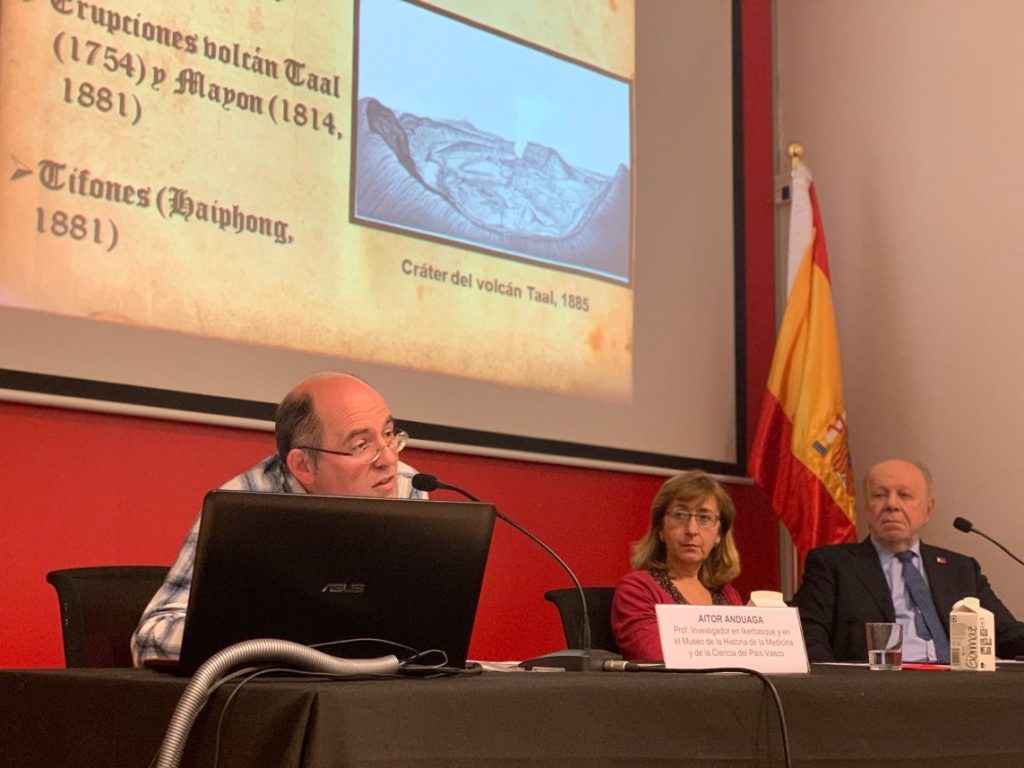
On 27 February 2020, the Philippine Embassy in Madrid and Casa Asia Madrid launched “Quincentennial Encounters: Cultural Conversations on the 500-year-old relationship between the Philippines and Spain,” a series of talks by academics and other experts on the lesser known aspects of Philippine-Spanish relations.
The series aims to highlight the fact although 500 years have passed since the expedition funded by the Spanish Crown—led by Ferdinand Magellan from Portugal and finished by Juan Sebastian Elcano from Spain—landed in one of the islands in an archipelago that now make up the Philippines. Yet the majority of peoples from both the Philippines and Spain generally know and commemorate a few key events in history.
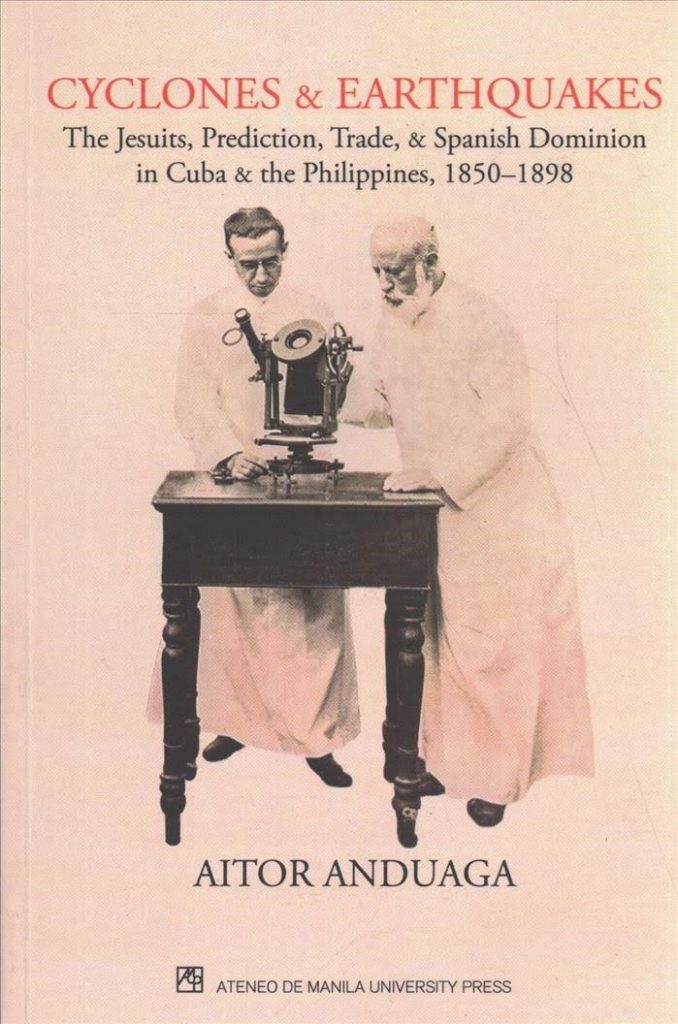
First in the series was a talk by Dr. Aitor Anduaga, an Ikerbasque research professor with the University of Basque Country in Spain, on “Colonial Science: Triumphs and Challenges.” Dr. Anduaga is a physicist, historian, and former Visiting Research Fellow at various prestigious institutions, including the University of Oxford, the Smithsonian Institute, Max Planck Institute, and Ateneo de Manila University. He is also the author of several books dwelling on the history of scientific research including Cyclones and Earthquakes: The Jesuits, Prediction, Trade and Spanish Dominion in Cuba and the Philippines, 1850-1898 (2017)and Politics, Statistics and Weather Forecasting, 1840–1910. Taming the Weather (2019).
You may read the Embassy’s press release on the event at https://www.philembassymadrid.com/anduaga.
After his talk, we caught up with Dr. Anduaga to learn more about colonial science in the Philippines and his thoughts on the upcoming quincentennial commemoration.
Thank you, once again, for joining us last Thursday at Casa Asia last 27th of February. We were delighted with the number of attendees, especially considering that this topic—colonial science in the Philippines— isn’t really mainstream. Your interests traverse several disciplines, having been trained in physics and then producing historical works, I suppose it was inevitable for the two to converge. However, what made you interested in the history of scientific research in the Philippines, specifically?
As a physicist and a historian, I consider science as an activity that cannot be separated from the society in which is developed and cultivated. Science is the result not only of logical reasoning, but also of interests and factors that shape its contents and practices. By their very nature and past, the Philippines are an excellent laboratory for historical studies on science. They can well illustrate how geopolitical, commercial, and religious interests intertwined in scientific practice. The processes of Spanish and American colonization, the evangelization efforts, and trade and maritime activities conditioned the development of science in the Philippines as much or more than elsewhere.
Looking at the three centuries of developments in the Philippines, what would you consider to be the top 3 most “revolutionary” developments or breakthroughs in science, in terms of the kind of impact they had on Philippine society?
One of the most influential scientific developments in the Philippine society took place at the Manila Observatory, founded by the Society of Jesus as early as 1865. Jesuit scientists not only made meteorological observations and conducted seismological research, but also studied the nature and tracks of typhoons, establishing a storm warning service that often avoided the human, economic and social losses from typhoons. They also investigated climatic influences on crop production, and took astronomical observations (for example, of star transits) to set the correct time in the Archipelago.
Another key development came from the American occupation at the beginning of the twentieth century: the laboratory-based research work and the inculcation of an experimentalism that enabled the intervention and transformation of natural world. If the Jesuits had regarded the Philippines as a temple of observation, the Americans aimed at transforming them into a vast laboratory. They in fact sponsored scientific research through the official administration, rather than the universities. Institutions such as the Bureau of Science, encompassing service units in tropical medicine, entomology, zoology, botany, geology and chemistry; the Bureau of Agriculture, where a vaccine against rinderpest (a bovine disease) was developed; the bacteriological laboratory, where diagnosis of cholera and gonorrhea were tested; and the Bureau of Health, where treatments of yaws, beriberi and leprosy were studied, all of them had a beneficial impact on the local society.
Finally, a breakthrough in scientific training (rather than in science itself) was the granting of government scholarships to study in the United States. From the start of the American occupation, over a hundred students, known as the pensionados, received fellowships to this end, a trend which intensified in the 1920s and 1930s, when the Rockefeller Foundation awarded a good number of fellowships to Philippine citizens who were able to complete their studies or develop careers in American universities and research centers. Although many of the best investigators awarded never returned to the archipelago, many others held positions of responsibility in Philippine institutions and made meritorious contributions to the progress of science.
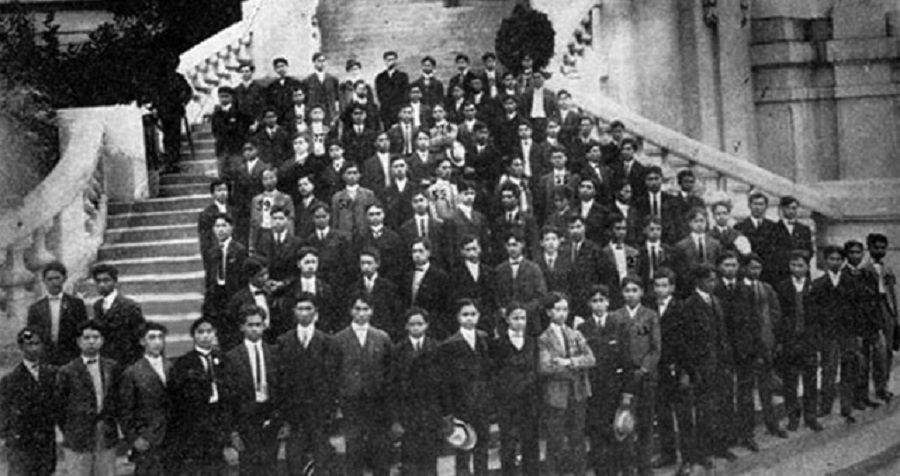
I understand the Jesuits had a lot to do with the advancements in scientific research in the Philippines at this time. In their pursuit of scientific knowledge, what kind of notable support or opposition did they have both from the Catholic church and the natives?
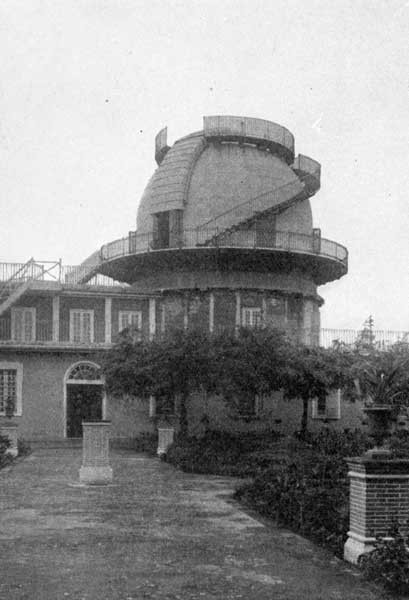
The Jesuits had transnational networks for scientific training, international observatories, specialized journals, contacts with instrument manufacturers from European capitals, and, perhaps most importantly, a network of local stations—the operation of which was in fact viable often only by the assistance of native observers. The Jesuit scientists of the Manila Observatory drew on these networks to understand the nature and track of typhoons. A good part of the Philippine press not only published their weather forecasts and observations, but also organized and promoted subscription campaigns to help the Observatory.
Likewise, the relations of Manila Jesuits with the Jesuits of the Zikawei Observatory in Shanghai and with other Jesuit scientists in Europe (especially in Spain, Italy, France, and England) and America were a constant at that time. The transnational nature of their enterprise gave the Jesuits the possibility of promoting both ways of collaboration—intra-imperial and interimperial. The Manila Observatory’s achievements are only explicable by reference to a considerable support from the Catholic Church (or, at least, from some of its spheres) and many natives.
These days, a huge part of our scientific research are devoted to understanding the typhoons, earthquakes, volcanic eruptions and other natural disasters that plague the Philippines, all in an effort to ensure that we’re prepared and that lives are saved. Were the scientists then as fascinated and preoccupied with these disasters as we are?
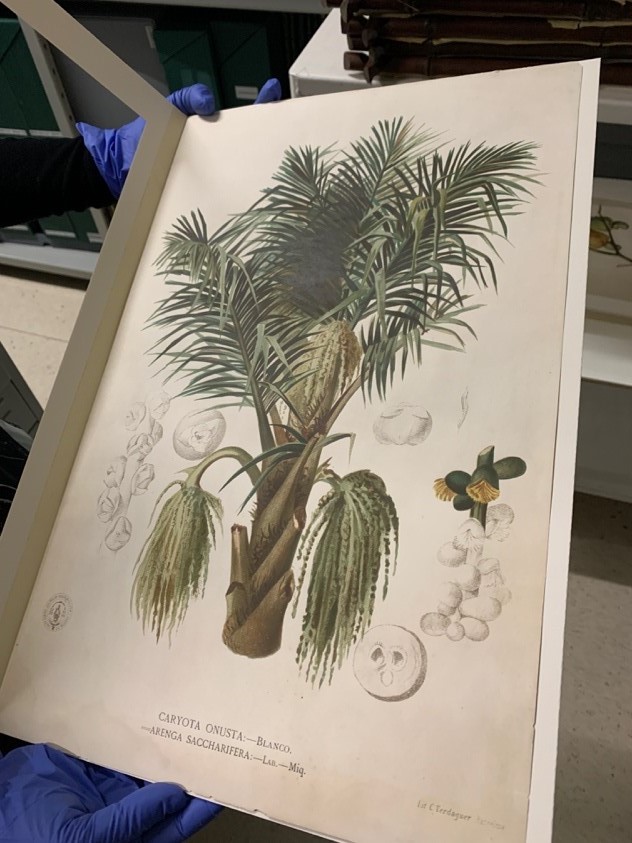
They were indeed as much or more fascinated and preoccupied with natural disasters as we can be nowadays. Over centuries, many scientists belonging to Catholic orders believed that the prevention of these natural disasters had a religious dimension: the catholic dimension of the faith in God’s domain. Especially from the second half of the nineteenth century onwards, they made scientific prediction an end in itself, a duty of conscience, and justice. This fascination and preoccupation could also have a geopolitical interest. Plague control was a common concern for scientist in both Spanish and American colonial regimes. Just as Spaniards prioritized the search for medical plants that would be beneficial to the colonizers, Americans endeavored to isolate tropical pathogens that might endanger their military forces and their authority over the region.
It is easy to accept that the roots of scientific research in the Philippines can be traced to colonial science—was the knowledge exchange one way or did these scientists also benefit from indigenous scientific knowledge?
Contrary to what historians held for a long time and to what most people still believe, the propagation and exchange of scientific knowledge almost never followed a «diffusionist model», namely, a centrifuge irradiation of ideas and methods from the center (the imperial metropolis) to the periphery (the colonies). The case of the Philippines was no exception. The Filipinos witnessed the development of the world’s first operational warning systems for tropical cyclones, as well as the world’s earliest regulations for earthquake building, both cemented in part by indigenous empirical knowledge. It would be deceptive to consider the European scientist as the brain of the scientific knowledge, and the Filipinos as basically passive recipients and subordinate: the counterexamples are too numerous to list here. In the Philippines, the “colonial science” was never a mere one-way exchange.
Which authors do you recommend to laymen who might wish to read more on this topic?
Although the history of science in the Philippines has been little explored and rigorous studies are still missing, some books are available to those who wish to read more on this topic. Perhaps one of the most valuable overviews (albeit not entirely free of the ideological biases of that time) is the set of case studies edited by Zoilo M. Galang, in the volume 7 of his monumental work Encyclopedia of the Philippines (Manila, 1936). For more specialized topics, such as tropical medicine, hygiene, and natural hazards, indispensable works include Colonial Pathologies by Warwick Anderson (Durham, 2006), and Cultures of Disaster by Greg Bankoff (London, 2002).
What role can the history of science in colonial Philippines play as we reflect on the 500th anniversary of Spain’s arrival in the Philippines?
It is debatable whether the scientific quality and level of the Spanish colonial Philippines were good enough or even as expected or desired. Be that as it may, it would be a mistake to believe that most of methods and achievements were original or, at least, innovative. However, the history of science shows us that scientific developments played an important role: they are a clear manifestation of intellectual maturity in the Philippines. If only for this reason, the history of science is worthy of attention.
Finally, this question is not directly related to your talk, but as a historian we would love to know—If you can think of one thing that Filipinos and Spaniards should keep in mind when they think about our joint history, what would that be?
Science, like religion, literature and culture, has no nation; but nations have all these elements. In the era of the Spanish colonization beginning in 1565 as the Viceroyalty of the New Spain and concluding in 1898, there arose an interest in making Catholic culture and religion serve the interests of imperial administration and colonial development. This interest had religious, economic and geopolitical motives, and for more than three centuries the Spaniards sought out enclaves for trade, military strategic settlements, and peoples for evangelization. Whatever their reasons, ends or objects —whether spices, silver, attires, or even souls— by the eighteenth century, and whatever the means and routes of transport used—whether the Manila galleon first or the steam-power crafts later— the Spaniards firmly believed in the principle by which the Philippines served as a means (rather than an end in itself) for the metropolitan Spain: the Archipelago in fact served as agricultural holdings, mine sites, and primary producers for trade and manufacturing industries, all too often to the detriment —or at least, at the expense— of the Filipinos themselves. Within this context, however, there grew a varied range of rational projects and organizational initiatives which could well fall into categories such as “administration”, “missionary activity” and “colonial science”, among others, and in which a good number of native Filipinos participated or made important contributions. Many of these expressions and manifestations persisted, albeit with important modifications, until the end of the Second World War and even today their echoes can be heard. Understanding those echoes is what Filipinos and Spaniards should pursue.
